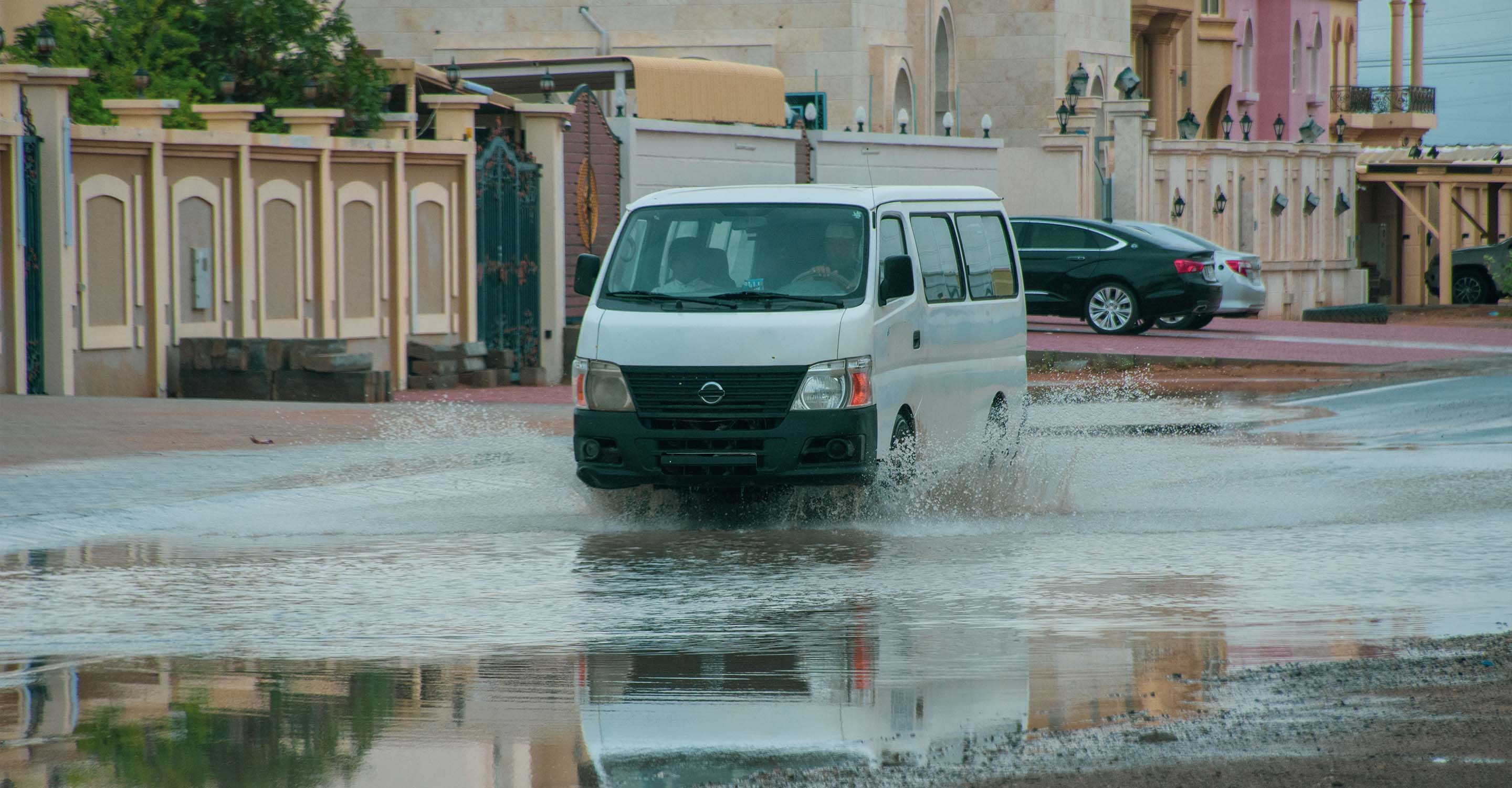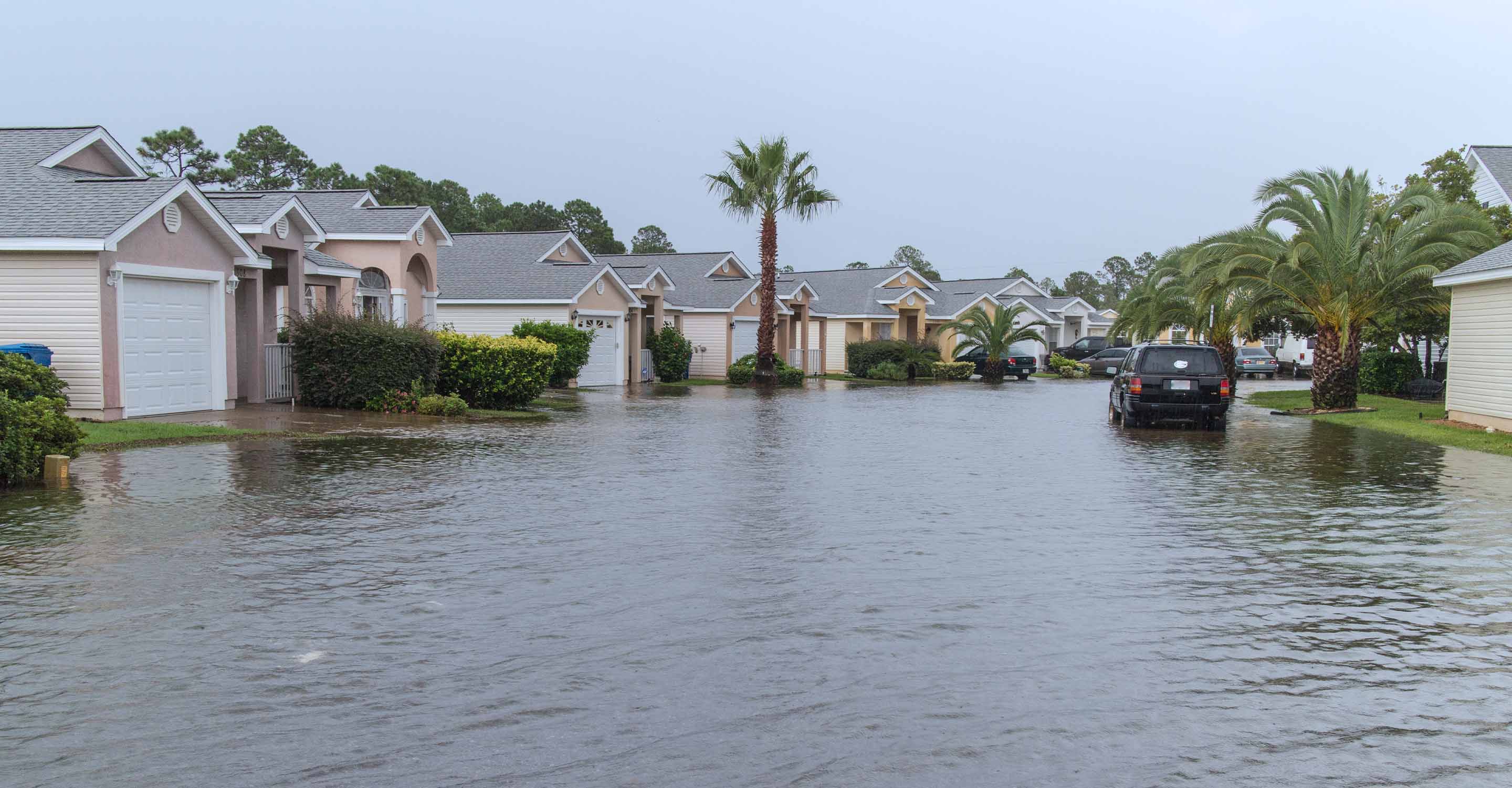Guwahati air quality map
Live air pollution map of Guwahati
41.7K people follow this city
Full screen
Contributors
1
Stations
1
Contributors category
1
Government
0
Non-profit organization
0
Educational
0
Corporate
0
Individual
0
Anonymous
Most polluted air quality stations
| # | station | US AQI |
|---|---|---|
| 1 | Railway Colony, Guwahati - APCB | 158 |
community highlight
Guwahati most followed contributors
Health Recommendations
| Avoid outdoor exercise | |
| Close your windows to avoid dirty outdoor air GET A MONITOR | |
| Wear a mask outdoors GET A MASK | |
| Run an air purifier GET AN AIR PURIFIER |
Become a contributor
Get an AirVisual Outdoor and contribute to collecting millions of data points for the Guwahati map to track local air pollution
Understand air pollution and protect yourself
Guwahati MAP AIR QUALITY ANALYSIS AND STATISTICS
Is there a lot of useful information on the air pollution map for Guwahati?
There is a wealth of information about air quality once you have accessed the air pollution map for Guwahati. This is found at the top of the main city page and by clicking anywhere on the map icon, will open the page dedicated to air pollution.
The first noticeable thing will be the colour of the map. At this time, it is greenish/yellow which indicates “Moderate” air quality. The viewer will also notice some coloured discs spread across the map. The significance of the various colours is explained in the legend at the bottom of the screen. These discs show the position of the ground-level air monitoring stations. Depending on how many there are, they often overlap each other which looks slightly confusing. However, there are just two green circles on this map so it is easy to read. In the centre of the disc is a number which is the US AQI reading for that station. It is calculated by measuring the levels of particulate matter (PM2.5 and PM10), ozone, nitrogen dioxide, sulphur dioxide and carbon monoxide and it is then used as a standard when comparing air quality in different cities across the globe.
Briefly looking back at the main city page, it can be seen that during early September 2022, Guwahati was experiencing a period of air quality classified as being “Unhealthy for sensitive groups” with a US AQI reading of 145. The six main pollutants were measured which were particulate matter (PM2.5 and PM10), ozone, nitrogen dioxide, sulphur dioxide and carbon monoxide, but it is PM2.5 which is used as a benchmark. This figure was 53.5 µg/m³ which is almost eleven times higher than the recommended level of 5 µg/m³ as suggested by the WHO.
Immediately below the air pollution map for Guwahati is shown the number of stations which provide data regarding air quality. In September 2022, there was just one station provided by the government.
What other valuable information is there on the air pollution map for Guwahati?
When the air pollution map for Guwahati is opened in full-screen mode, a list of four options will appear down the left-hand side of the screen. These can all be deactivated individually if required. The first option reveals the location of all the ground-level air monitoring stations which provide the data for air quality. By selecting one of the discs, a new page will open which is dedicated to that area of the city where the station is located.
Option number two shows the position of any wildfires which may be burning in the vicinity. If there were any fires, then option number four should be studied with option number two. The fourth option shows the wind speed and direction.
Option three is perhaps the most dramatic as it changes the colour of the background of the map to reflect the current state of the air. It can be turned off if the viewer finds the colour confusing. When turned off the colour of the map changes back to a more expected set of colours.
Looking now at the far right of the screen can be seen a table which ranks other world cities according to their levels of air pollution. The ones with the poorest quality air will appear at the top of the table.
Other information that can be gleaned from the air pollution map for Guwahati is a list of the most polluted areas of the city as proved by the data gathered from the monitoring stations. As there is just one station, it can be considered as being the dirtiest and the cleanest at the same time. The station is at the Railway Colony, Guwahati – APCB and is showing a US AQI reading of 58 which would be “Moderate” quality.
Scrolling further down the page is a table which lists the stations according to their popularity, needless to say, this is the Railway Colony, Guwahati – APCB with just a single follower.
Are areas of higher pollution shown on the air quality map for Guwahati?
These areas are not directly shown on the map but their location is easy to find. The disc with the darkest colour and highest US AQI number is the most polluted. Alternatively, look at the table just below the air pollution map for Guwahati where the table of the most polluted areas is shown.
Is the source of the polluted air shown on the air quality map for Guwahati?
The source of the polluted air is not directly shown on the air quality map for Guwahati, however, air pollution is a pollution due to which human health is getting worse and it is also having a very bad effect on the environment. This pollution is playing a major role in thinning the ozone layer, due to which you will feel how polluted the air has become as soon as you step outside the house. One can see clouds of smoke coming out of the exhausts of buses, scooters, cars, and from the chimneys of factories. How much fly ash (particles of ash scattered in the air) coming out of thermal power plants is polluting the air, and how much the speed of cars is increasing the pollution on the road. Cigarette smoke is also polluting the air.
Due to the increasing population, the increase in various means of communication is increasing very much. The number of engines, buses, aircraft, scooters etc. is increasing very fast due to the huge increase in these means. All these vehicles are constantly creating an imbalance in the atmosphere with their exhaust fumes.
Fuels such as coal, dung-cakes, wood and kerosene are used in many households in India. Complete combustion of fuel produces carbon dioxide, which may not be toxic. However, incomplete combustion produces the toxic gas carbon monoxide. Coal contains varying amounts of sulphur, which when burned produces sulphur dioxide.
Burning fossil fuels produces black soot. These pollutants i.e., carbon monoxide, sulphur dioxide, soot and many others like formaldehyde, benzo- (a) pyrene (BAP) are toxic and harmful to health. BAP is also found in cigarette smoke and is known to cause cancer. A housewife using wood as fuel for cooking uses BAP equivalent to 20 packets of cigarettes in a day.
Natural sources of air pollution are volcanic eruptions, forest fires, sea salt spray, biological decay, photochemical oxidation of terpenes, marshes, extra-terrestrial bodies, flowers, pollen grains of spores, etc. Radioactive minerals present in the earth's crust are the sources of radioactivity in the environment.
Guwahati air quality data attribution
1Contributor
 Central Pollution Control Board
Central Pollution Control Board1 station
Government Contributor
1 Data source








